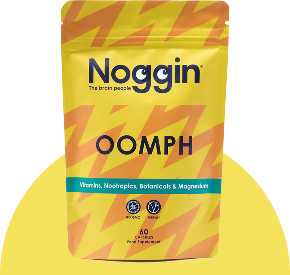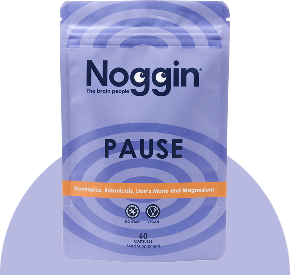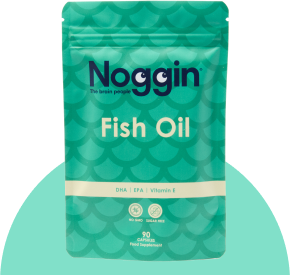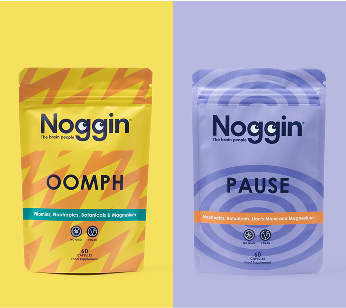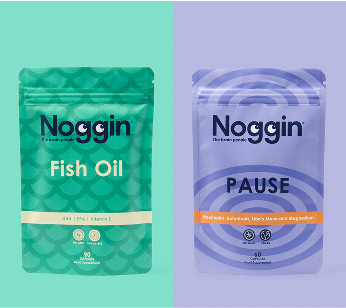BUILDING BLOCKS
Movement – Keep me active

Why?
Hardly breaking news, but keeping active through physical exercise, whether it’s getting up to get the remote or completing an Iron Man challenge, is good for you. Getting movement in daily is proven to prevent heart disease, arthritis, stress and depression. But hold up, how does it help the brain?
I like to work when I’m not working – do something that may not be considered work, but to me it is work. Getting exercise by going to the grocery store.

What Happens?
It turns out movement not only increases blood flow to the brain (and with it, lots of oxygen and other important nutrients to help it remain healthy) but also encourages brain cells to work better* together. Brain cells need to constantly communicate effectively and efficiently to work at their best. Exercise has also been shown to increase production of BDNF (Brain Derived Neurotrophic Factor). Sounds complicated but actually this can be compared to a fertiliser for our brains which helps brain cells grow, perform and thrive, and in turn supports mood, memory and even intelligence.
Did you know we use more brain cells when we move than in any activity? The more these brain cells are used the more they grow, and this has now been shown to be the case from the youngest to the oldest mover. When young children are more active, studies have shown improved concentration and better performance in school. Studies have also consistently shown exercise can reduce the risk of a slowing of brain function as we age, even if we only start exercising in middle age.
Mood, energy and motivation are all improved by exercise and this is why exercise remains the first treatment for depression.
Hippocrates told us that “Walking is a man’s best medicine”. So you don’t need to complete a triathlon or do hot lycra clad yoga (but feel free if you want to) to make a difference. Research shows any physical activity helps. Remember the more, the better.

